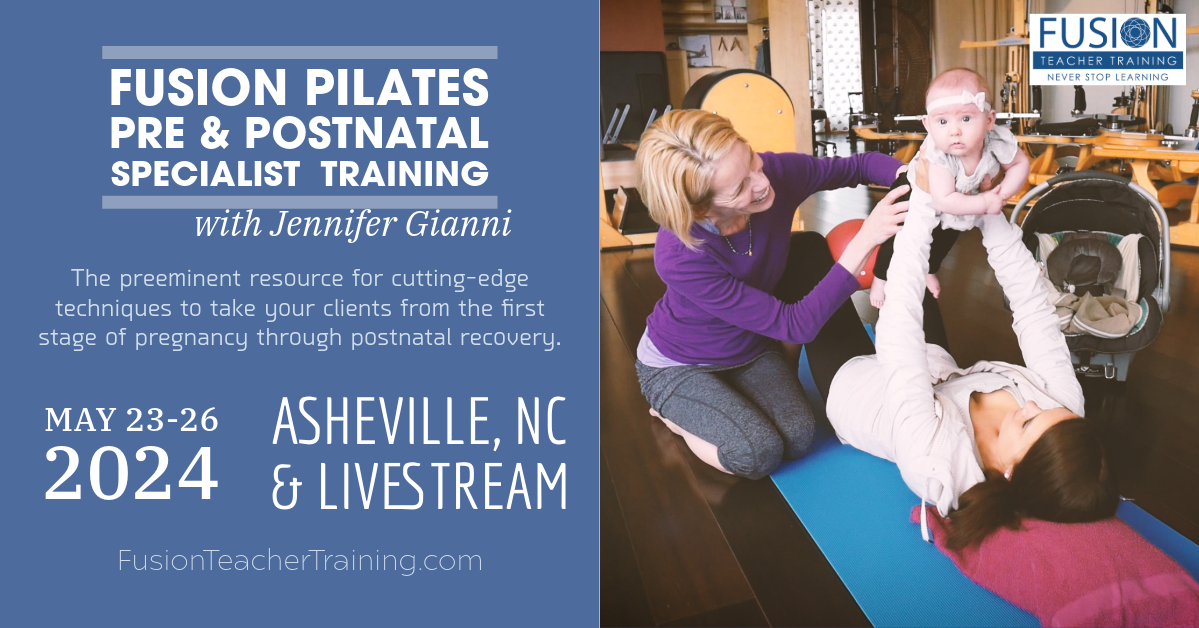 Shoulder strength and flexibility are important in and of themselves, but it is also imperative to have a real coordination and balance of the two in the shoulder girdle because many of the tasks we perform require a flow of mobility and brute strength that we must tap into on a second’s notice.
Shoulder strength and flexibility are important in and of themselves, but it is also imperative to have a real coordination and balance of the two in the shoulder girdle because many of the tasks we perform require a flow of mobility and brute strength that we must tap into on a second’s notice.
If there is even the slightest bit of imbalance in the shoulder structure, we have a great chance to experience anything from mild discomfort and irritation to some very serious injuries.
These next two classical Pilates exercises will help the body find this balance in the shoulder structure.
If these two exercises seem to be too difficult for your current level, it’s recommended that you continue with the pre-Pilates strength and flexibility exercises from the previous two entries. Perfecting those exercises will prepare you for these, which are more difficult.
As you begin attempting these more advanced Pilates exercises, take them slowly and remember the importance of the breath. Also, please pay close attention to the many tips offered in each exercise.
Exercise: Double Leg Kick
This exercise will help to stretch the shoulder and will open the chest.
• Lie on your belly with the side of your face resting on the mat.
• Bend your knees with the toes pointing toward the ceiling.
• Squeeze your legs together.
• The arms should be bent with the elbows pointing to each side and resting on the floor with the hands clasped as high as possible on the back.
• In this beginning position, the pubic bones and hips should press into the mat.
• The front of the shoulders and elbows should also touch the mat (do the best you can!).
• At this point, you should feel the stretch in the front of the shoulders and in the area between the shoulder blades.
• Inhale (use a sniffing inhale breath).
• Do three small kicks by bringing the heels toward the buttocks.
• Be sure that the pubic bone and hip bones stay anchored to the mat (do not allow the buttocks to pop toward the ceiling as you kick).
• Exhale and extend the legs to the mat while reaching the arms toward the feet.
• Allow the upper back to extend so that the sternum and crown of the head are pointing forward.
• Make sure the neck stays long as the chest lifts.
• On your next exhale, return your body to the starting position with the opposite side of the face on the mat.
• Complete four to six sets.
• When finished, rest in Child’s Pose.
Exercise: Swan Dive Series
This exercise helps to lengthen the upper back and to strengthen and open the shoulders.
Swan Prep
• To get into the starting position, lie on your belly and squeeze your legs together.
• The hands should be under the shoulders with bent elbows.
• Inhale and pull the abdominals in as you straighten the arms.
• The shoulders should stay away from the ears as you straighten the arms.
• The neck should remain long with the eyes pointing forward.
• If you experience any discomfort or pain in the lower back, separate the legs to hip width.
• Exhale and slowly lower back into the starting position.
Beginning Swan
• Begin with the same starting position as Swan Prep.
• Inhale and straighten the arms
• Exhale and glide the arms forward with the palms facing either the ceiling or each other as the body rocks forward toward the upper chest.
• Inhale, rock back up, and catch yourself with your hands.
• The arms should be long at the top.
• Do four to six repetitions and rest in Child’s Pose.
• Add some extra padding if the rocking causes any discomfort or pain at the pubic bone.
• If you experience any discomfort or pain in the back, please stop the exercise immediately and sit back into a Child’s Pose.
• Inhale and straighten the arms with the chest lifting to the ceiling.
• Release the arms forward and inhale while rocking forward toward your chest with the arms extended in front of you with the palms facing either the ceiling or each other.
• On the next exhale, use the momentum to help as you rock back with the fingers and eyes reaching for the ceiling.
• Keep rocking forward and back, inhaling and exhaling.
• Do four to six Swan Dives and then sit back on your heels in Child’s Pose and rest.Hot Tips
• Try to maintain a still, rigid body as you rock back and forth.
• Ideally, the legs should be glued together. This will help to create a better rocking motion. If this proves difficult, allow the legs to separate, but keep the muscles of the core, the glutes, and the legs very active.
• Please do not hoist the head forward and back. Find the lift from the chest and keep the length in the back of the neck throughout the entire exercise.
We hope you liked these tips! Leave us your thoughts below!



Leave A Reply (1 comment So Far)
Please - comments only. All Pilates questions should be asked in the Forum. All support questions should be asked at Support.
You must be logged in to post a comment.
Thanks for the article! Both of these exercises can be challenging, but they are great for the modern day folks who slump over a computer screen all day.